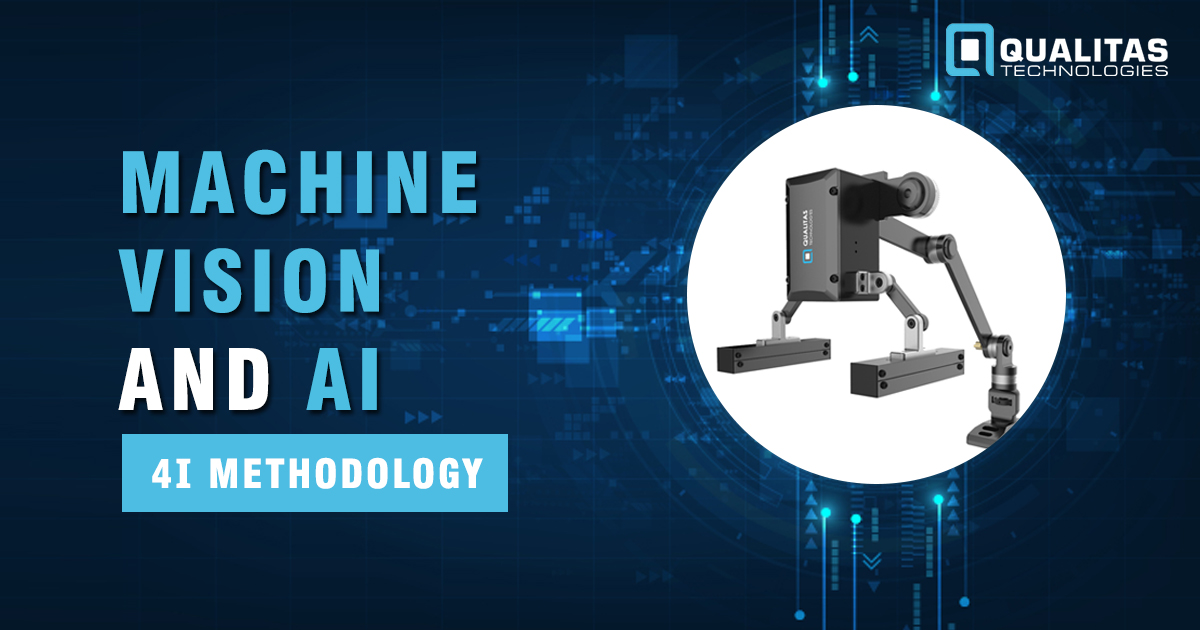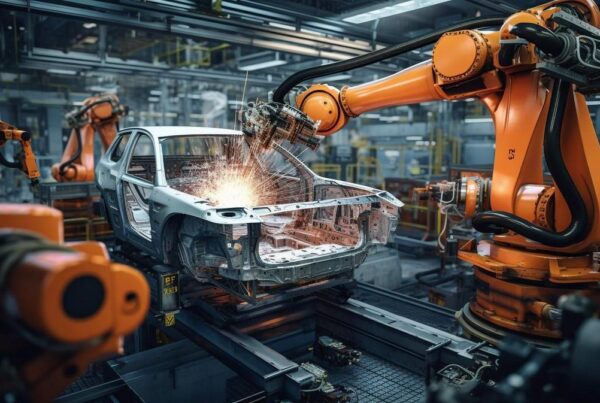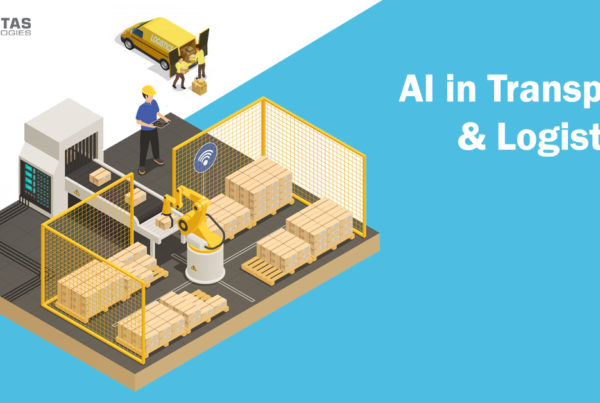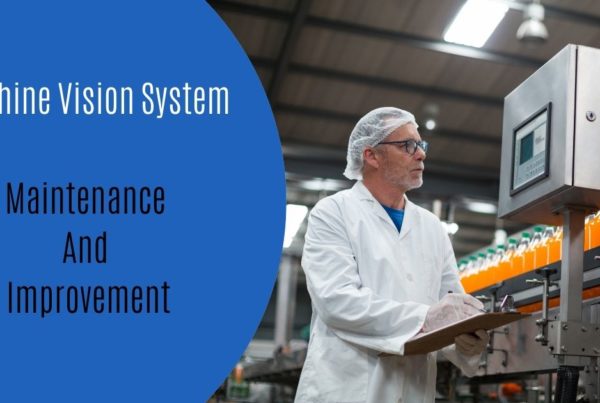
What Is Machine Vision
Machine vision technology, an integrated mechanical-optical-electronic-software technology, is widely used in monitoring, analyzing, and measuring the performance of a wide range of applications. It uses optical instrumentation, digital video, electromagnetic sensing, mechanics, software, and image processing technology.
Its goal is to receive and analyze real images via optical and non-contact sensing in order to perform certain quality control actions. It has already become a critical part of industrial automation processes in various industries such as automobile, plastics, glass, food and beverage, textile, pharmaceuticals, medical imaging, electronics, consumer goods, etc., and is gaining traction in usage and popularity.
If you want to achieve the following strategic goals, machine vision systems are the answer-
- Improvement in operational efficiency
- Better quality control in processes
- Reduced machined downtime
- Lower costs due to reduced errors, and wastage
Vision machine also offers other advantages like higher accuracy, testing in hazardous environments, and handling of sterile/uncontaminated products. Let us dive deeper into the working of machine vision.
How does the machine vision process work?
In a nutshell, a vision machine detects objects with industrial cameras, digital cameras, or optical sensors. It then processes the information with image processing software. Based on the instruction/rule engine of the machine vision application, this information is used to perform certain actions like:
- Guide robotic machines to perform tasks
- Detect and fix anomalies
- Match patterns
- Measure and report against specifications
- Report or update status
The manufacturer can approach a vision inspection system manufacturer that will provide a machine vision system based on his requirements. The custom system will be then deployed by following these stages:
1. Install
The system is installed with a feeding system, optical system, processor, and an output system for communicating results. Advanced machine vision systems may have advanced image analysis algorithms and advanced data storage systems. Appropriate lighting is also essential for proper functioning. Communications with machine vision cameras are assisted by hardware and software. Information acquired is sent to a storage system that could be an on-premises database or a cloud application for annotation and teaching.
2. Instruct
The software is programmed or updated to fulfill the specific needs of the manufacturers. Depending on the results and new business scenarios, the software can be tweaked. It uses data to process, analyze, and measure various characteristics and uses them for decision-making. For example, in the case of an automated optical vision system, images of products are scanned, processed, classified, and used in the inspection process. The more products the system sees, the more it improves the algorithm. In the case of a machine vision system that determines a particulate matter, it detects and counts particles that are made visible using equipment such as a microscope, high-resolution lens, and intense lighting. The images are captured and the number of particles is counted. The objects with particles above the threshold level are tagged.
3. Inspect
After the installation process comes to the inspection phase. In this phase, the vision system inspection is carried out in an automated manner depending on the type of process. The inputs are analyzed and accepted or rejected based on metrics that have been programmed into the system.
Inspection can happen in various ways –
- Pattern matching
- Detection of substances
- Measurement and Calibration
- Recognition of shapes and sorting
In the vision system inspection, vision system cameras find defective products, incomplete products, contaminants or flaws in function, and other irregularities. Moreover, machine vision systems have the ability to inspect at very high speeds and provide extremely reliable results. Machine vision measurement accuracy is tremendously accurate and can measure minute objects with high precision in 1D 2D or 3D measurement units.
4. Improve
Machine vision usage greatly increases the consistency in quality of a product, when used symbiotically with statistical process control and by implementing continuous feedback. It can analyze trends in measurements and change the processes to adjust to the variations in products and even conditions. For example, the vision system camera or the industrial camera adjusts the intensity and frequency of light, and frequency to captures precise image information under challenging conditions.
Continuous process improvements are possible with the integration of Deep Learning and AI into machine vision. Advanced technology such as neural networks and genetic algorithms that mimic human intelligence to distinguish anomalies, parts, and characteristics while tolerating natural variations are used, without compromising the speed and robustness of the computerized system.
Also, Read The Evolution of Machine Vision
Conclusion
A machine vision system is an intelligent system that can be programmed to assess and control quality. As vision inspection systems combine various technologies, the design of these systems can be customized to meet the needs of any organization in any industry. Once embedded in the assembly/product lines, vision machine systems provide a constant stream of information on quality. Machine vision inspection flags problems continuously, accurately, and objectively. Automated optical inspection is better than human inspection which is said to have only 80% accuracy. Human inspection can be affected by errors, bias, fatigue, etc.
Machine vision inspection can check thousands of parts or scenarios very quickly. It can reduce wear and tear and maintenance costs. Vision system inspection frees up human effort that can be used for more complex tasks. Machine vision is the answer to judicious utilization of time and money for developing high-quality products consistently and speedily.
Register For Our Upcoming Free Webinar






The point of view of your article has taught me a lot, and I already know how to improve the paper on gate.oi, thank you. https://www.gate.io/ar/signup/XwNAU